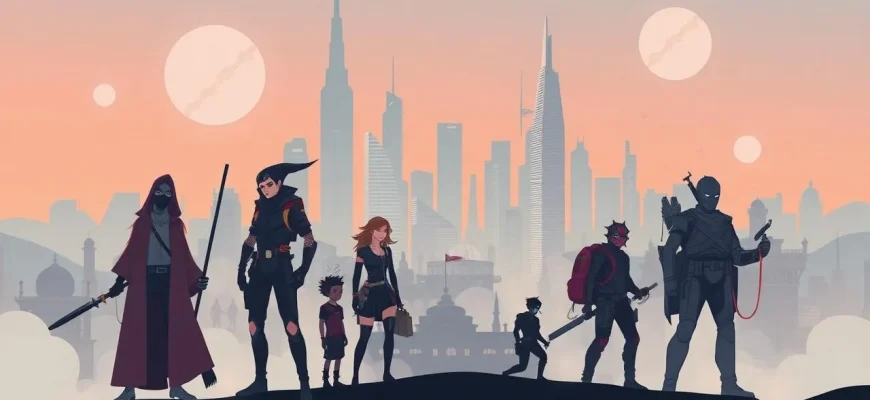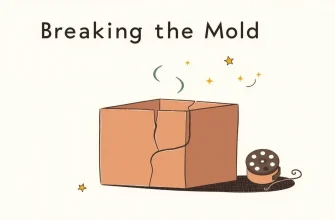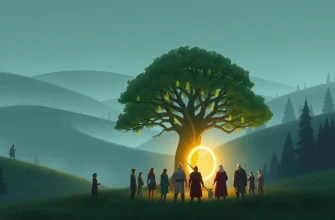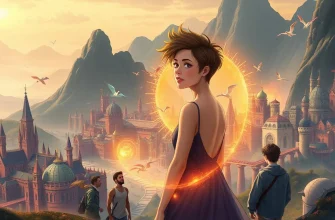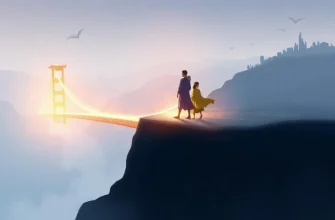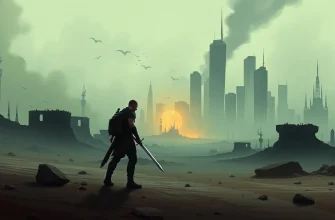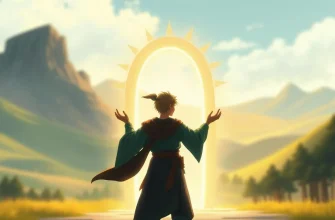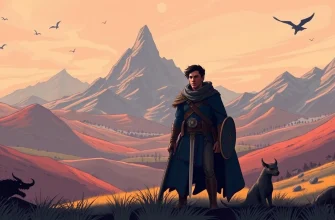Welcome to a curated list of fantasy films that delve into the vibrant tapestry of subcultures. These movies not only entertain but also offer a glimpse into alternative lifestyles, communities, and the magic that can be found within them. From punk rock wizards to cyberpunk rebels, these films celebrate the diversity and creativity of subcultures in fantastical settings, providing a rich, immersive experience for viewers who love to explore the fringes of society through the lens of fantasy.
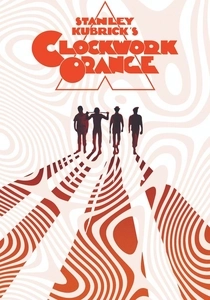
A Clockwork Orange (1971)
Description: While not strictly fantasy, this film's dystopian setting and portrayal of the Droogs, a gang with their own subcultural language and behavior, fits the theme. It's a dark exploration of youth subculture and control.
Fact: The film was banned in several countries due to its violent content, but it has since become a cult classic.
 Watch Now
Watch Now 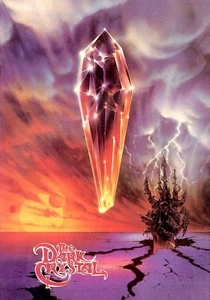
The Dark Crystal (1982)
Description: This Jim Henson classic explores the world of Thra, where the Gelflings, a subculture of mystical beings, fight against the oppressive Skeksis. It's a tale of resistance and the power of unity among the marginalized.
Fact: The film was shot entirely using puppets, with no CGI, and it took over five years to create all the creatures and sets.
 Watch Now
Watch Now 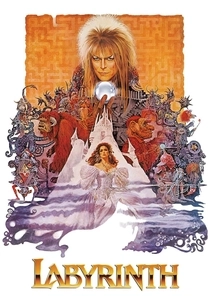
Labyrinth (1986)
Description: Sarah, a teenage girl, navigates a fantastical maze to rescue her baby brother from the Goblin King. The film showcases various subcultures within the labyrinth, from the eccentric goblins to the Fireys, a group of wild, party-loving creatures.
Fact: David Bowie's character, Jareth, was inspired by the Goblin King from the book "The Goblins of Labyrinth" by Brian Froud.
 Watch Now
Watch Now 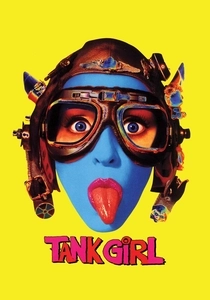
Tank Girl (1995)
Description: Set in a post-apocalyptic world, Tank Girl leads a group of rebels known as the Rippers, showcasing a punk rock subculture fighting against an oppressive regime.
Fact: The film was based on the British comic series of the same name, known for its anarchic humor and feminist themes.
 Watch Now
Watch Now 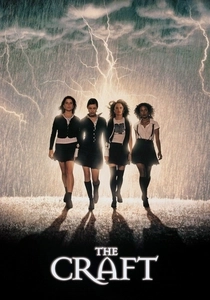
The Craft (1996)
Description: A group of teenage girls delve into witchcraft, forming their own subculture within the high school setting. Their journey into the occult explores themes of power, friendship, and the consequences of dabbling in magic.
Fact: The film was originally conceived as a horror movie but evolved into a cult classic about teenage witches.
 Watch Now
Watch Now 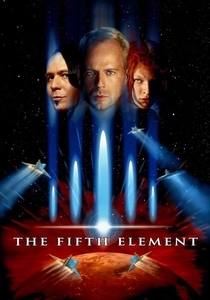
The Fifth Element (1997)
Description: In a futuristic world, various subcultures coexist, from the high-fashion elite to the underground dwellers. The film showcases a melting pot of cultures, each with its own unique style and ethos.
Fact: The film's costume designer, Jean-Paul Gaultier, created over 900 costumes, many of which have become iconic in fashion history.
 Watch Now
Watch Now 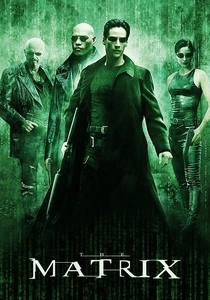
The Matrix (1999)
Description: While more sci-fi than fantasy, The Matrix explores subcultures within its virtual reality, from the rebels in Zion to the agents of the system, each with their own distinct identity and purpose.
Fact: The film's visual effects, particularly the "bullet time" effect, revolutionized action cinema and became iconic in pop culture.
 Watch Now
Watch Now 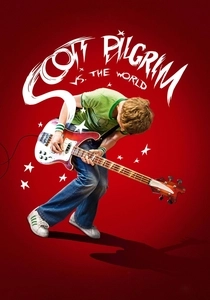
Scott Pilgrim vs. the World (2010)
Description: Scott Pilgrim, a slacker musician, must defeat his new girlfriend's seven evil exes, each representing different subcultures from the indie music scene to video game culture, in a stylized, comic-book-like world.
Fact: The film uses a unique visual style, incorporating video game elements and comic book aesthetics.
 Watch Now
Watch Now 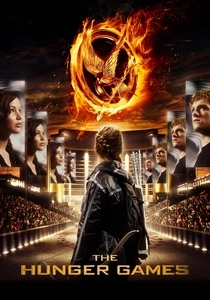
The Hunger Games (2012)
Description: In a dystopian future, different districts represent various subcultures, with the Capitol showcasing an extreme, decadent subculture. The film explores themes of resistance and the fight for individuality.
Fact: The film's costume design was inspired by high fashion, with each district having its own distinct style.
 Watch Now
Watch Now 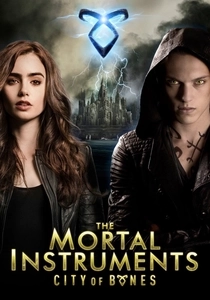
Shadowhunters: The Mortal Instruments (2013)
Description: Clary Fray discovers she's part of a hidden subculture of Shadowhunters, warriors who protect the world from demons. The film delves into the secret societies and the clash of cultures.
Fact: The film was intended to be the first in a series, but due to mixed reviews, the franchise shifted to a TV series.
 Watch Now
Watch Now 
